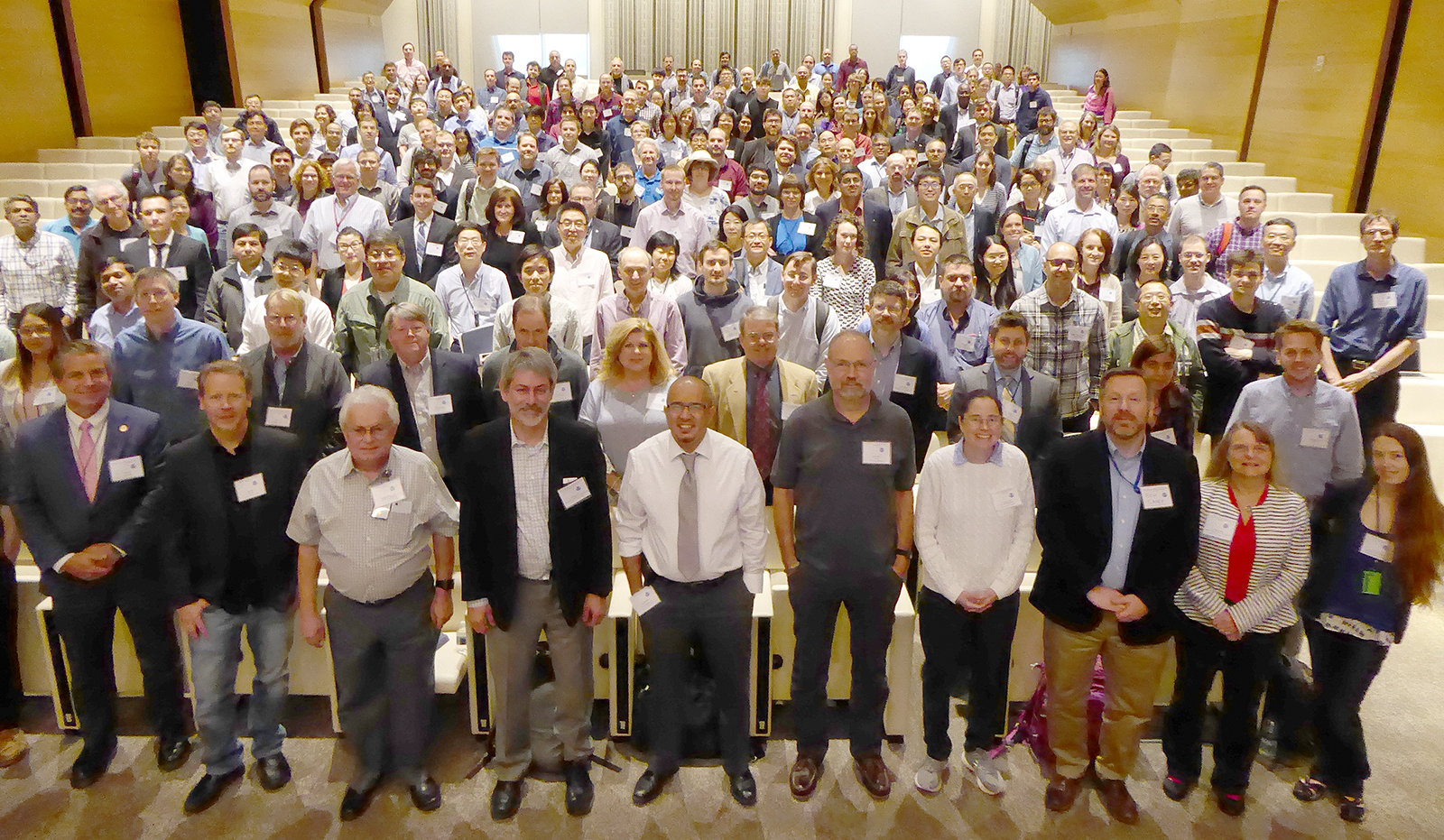
Purpose of WorkshopThe workshop will help gather scientists, program managers, and leaders from public, academic and private sectors. It will enable experts involved in the development and adaptation of AI tools and applications in a number of fields to meet and exchange experiences. It is important to note that there are fields with similar fundamental issues as the field of environmental data information (from space- and ground-based platforms), NWP data assimilation, forecasting, and other environmental prediction systems. These fundamental issues include image and signal processing, pattern recognition, morphing, projection mapping, data mining, clustering, etc. This will facilitate the cross-fertilization of knowledge in different communities to benefit environmental observation and numerical prediction using machine-learning techniques. This gathering will allow participants to exchange ideas, share lessons learned, and to discuss both the future potential and limitations of AI. It will also help to establish collaborations for using AI tools for many purposes, including:
Who Should AttendScientists, program managers, and leaders from the public, academic and commercial sectors interested in identifying innovative ways to use satellite and other environmental data. Workshop FormatThe workshop will begin with a keynote address by Dr. Neil Jacobs (Assistant Secretary of Commerce for Environmental Observation and Prediction) followed by a series of overview presentations and discussions. The workshop will have oral presentations as well as posters organized by sessions. It will also have panel discussions and invited speaker presentations. Tutorials on AI/ML tools are also planned as part of the workshop. If you have questions, please contact: Narges Shahroudi AMS Special Collection for the WorkshopAn AMS special collection of articles containing research from the 1st NOAA AI workshop has been compiled. You can find the collection at AMS - AI Workshop Special Collection The collection includes overview articles, as well as those covering a wide range of topics including image processing such as gap filling; estimation of radar reflectivity, soil moisture, and TC intensity; detection of tropical and extratropical cyclones, and intense mid-latitude convection; prediction of streamflow, TC rapid intensification, and tornados; development of neural networks to replace convective parameterization schemes; post-forecast correction of long-range forecasts of precipitation and surface temperature; postprocessing in the form of nonlinear averaging of precipitation and ocean wave ensemble forecasts; and explainable AI. Invited Speakers
Background and Workshop MotivationsArtificial Intelligence (AI), machine/deep learning techniques (including deep neural networks, DNNs) have advanced considerably in recent years across a number of areas and applications: in medicine, self-driving cars, social media, the finance industry, etc. The astonishing increase in accuracy and applicability of AI has been significant in the private sector, driven by the ease, efficiency, cost-effectiveness, speed and auto-learning features of AI. Significant advances have also been made in application of AI in different areas of meteorology and oceanography. However, until recently, far fewer AI applications were developed in the area of environmental data exploitation of satellite data, high-level information extraction in the area of Numerical Weather Prediction (NWP), data assimilation and forecasting, as well as for extreme weather prediction and nowcasting. There have been encouraging signs that AI is increasingly considered for these applications, with promising results—including predictive skills—and this trend is expected to continue with the ever-increasing volume of satellite data and the increased societal reliance on improved forecasting accuracy and resolutions. The increase of data volume comes from higher resolution satellites and sensors, from a growing list of new sensors (traditional as well as smallsats/cubesats), and from an explosion of new virtual observing systems made possible by the internet of things (IoT). These large increases are expected to present major challenges for exploiting these data sources, and AI has emerged as a potentially transformational and mitigating technology. |
